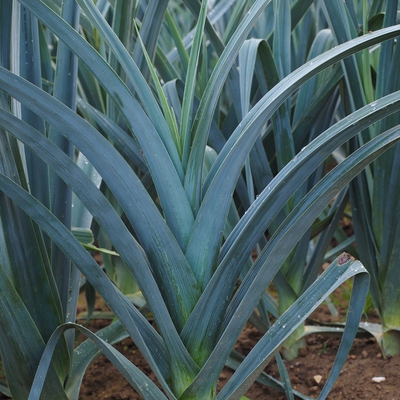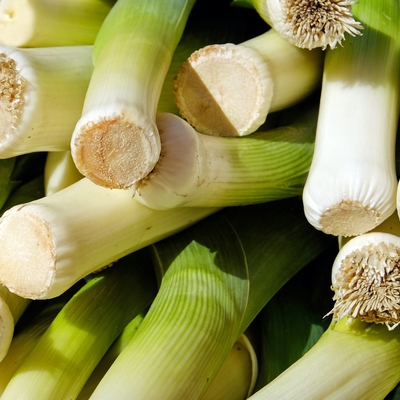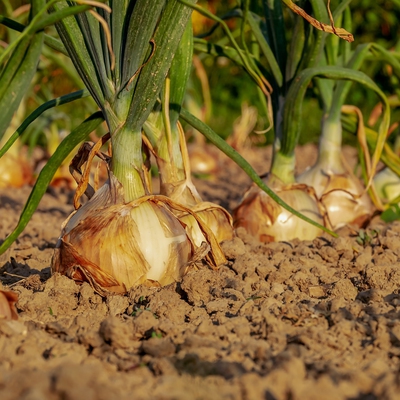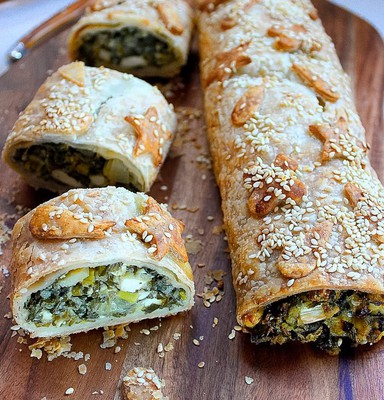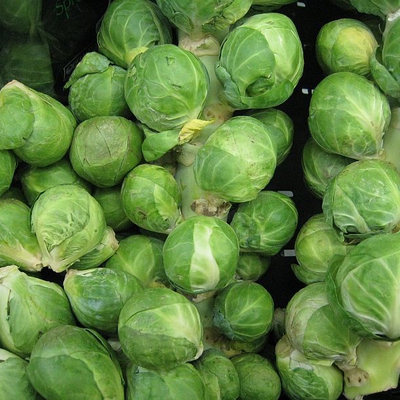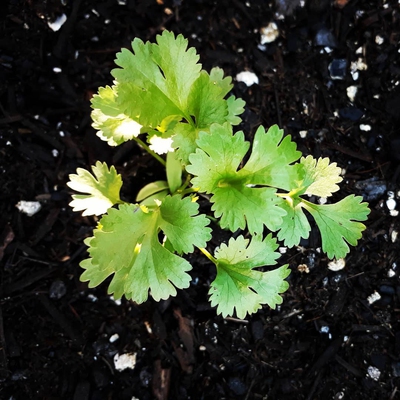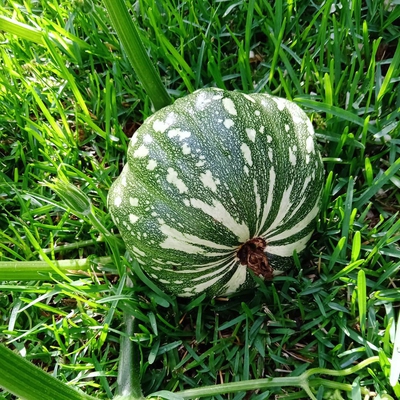A comprehensive guide to growing Leek, including sun requirements, when to plant, feeding, and when to harvest.
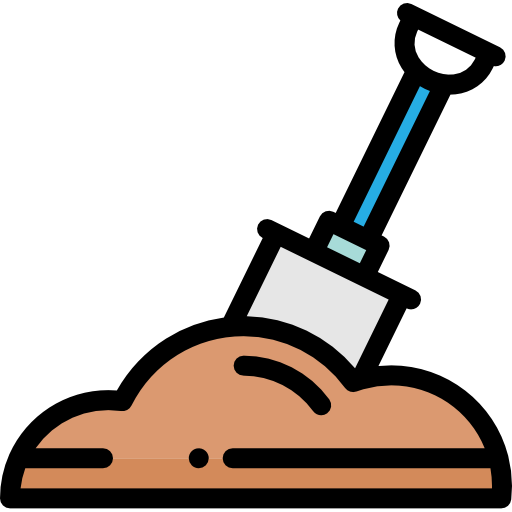 Soil
Soil
What soil is good for Leek?
Leek requires rich, moisture retentive soil with plenty of well rotted compost mixed in.
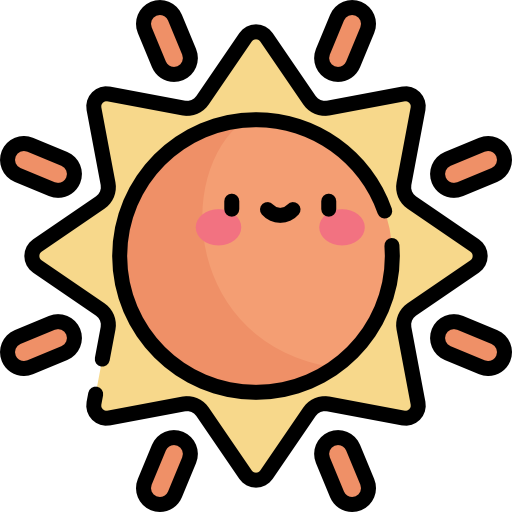 Position
Position
How much sun does Leek need?
Plant Leek in a full to partial sun position.
 Frost Tolerant
Frost Tolerant
Is Leek frost tolerant?
Yes, Leek is frost tolerant.
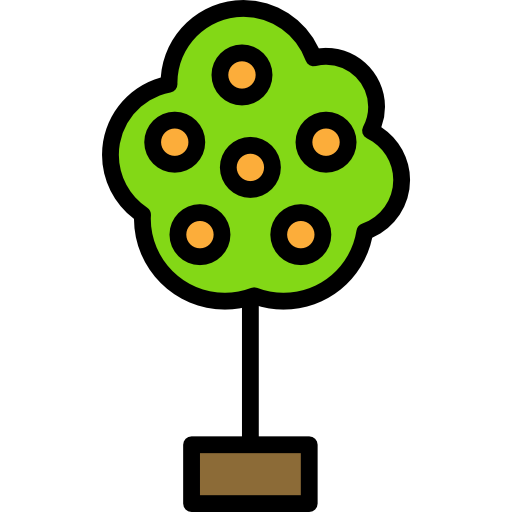 Spacing
Spacing
How much space does Leek need?
Plant Leek roughly 20cm apart.
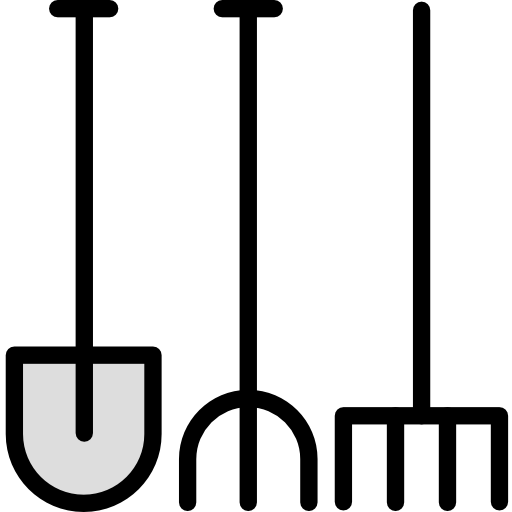 Planting
Planting
When should I plant Leek?
Usually planted in autumn, Leeks prefer cool to warm conditions in the range of 12-25°C
If transplanting seedlings, plant out in the early morning or evening and/or on an overcast day. Avoid planting at peak sun times or on windy days, this will allow your plants to settle in comfortably and protect them from windburn and sunburn.
 Feeding
Feeding
What do I feed Leek?
Apply an organic fertiliser throughout the season.
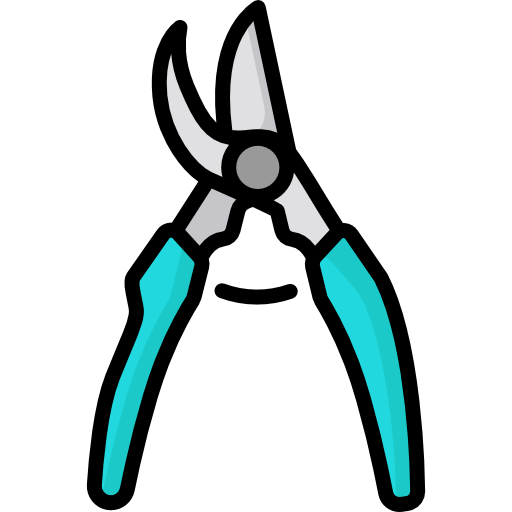 Harvesting
Harvesting
When can I harvest Leek?
Leeks can be left in the ground until required and harvested throughout autumn, winter and early spring. Leeks are harvested generally when they are roughly 2.5cm in diameter, although they can be eaten at any size.
 Pests
Pests
What pests does Leek get?
Leeks are generally pest free, however they may be affected by Thrips, Slugs and Snails.
 Diseases
Diseases
What diseases does Leek get?
Diseases that affect Leek include: Allium White Rot, Onion Downy Mildew, Botrytis Leaf Blight.
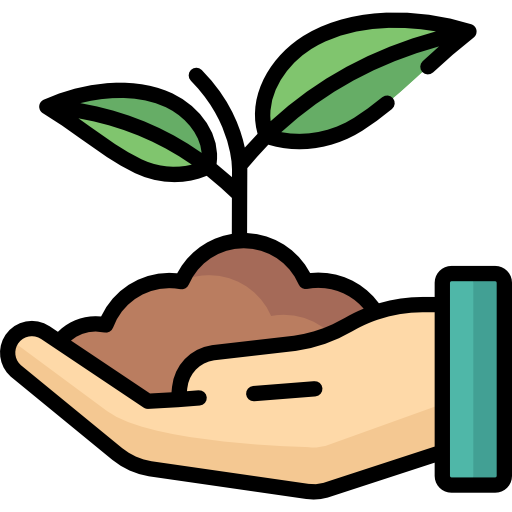 Notes
Notes
Is there anything else I need to know about Leek?
While all parts of the Leek are edible, it’s the tender white section that is preferred for cooking. 'Blanching' - is the process of denying the lower part of the stems of sunlight as they grow, this helps to increase the white section and sweeten the flavour. This is achieved by planting seedlings deeply and covering the lower stems with newspaper or a milk carton for around 2- 3 weeks before harvesting.
